FMLA Return to Work Letter Template for Employers
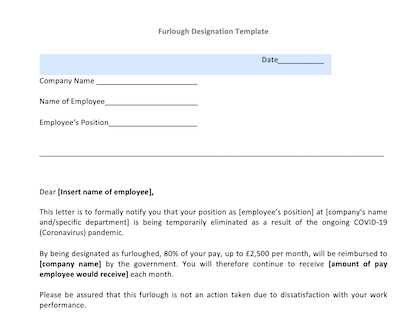
When an employee takes a medical break, clear communication is essential for their smooth return. Having a structured document in place can help avoid confusion and ensure a seamless transition back to their duties. This written communication serves as an official confirmation of readiness, outlining expectations and requirements for both the individual and the employer.
Creating such a document requires attention to both legal requirements and organizational policies. It must balance formalities with empathy, acknowledging the employee’s situation while ensuring proper alignment with workplace standards. By understanding the critical elements and the right tone, employers can craft a message that supports the employee’s return while maintaining a professional atmosphere.
Understanding the Resumption Process
When an individual takes a temporary leave due to health reasons, a clear framework is necessary to manage their reintegration into the workplace. This process involves several key steps to ensure that both the employee and the employer are aligned in expectations, responsibilities, and accommodations. Proper documentation and communication are crucial during this phase to avoid misunderstandings and to facilitate a smooth transition.
Employers must adhere to specific guidelines to make sure that the employee’s rights are respected and that the organization remains compliant with applicable laws. This includes evaluating whether the employee is ready to resume their role and what adjustments may be required to accommodate any ongoing health conditions. A well-structured approach helps maintain a positive relationship and ensures that both parties are fully prepared for the return phase.
Key Components of a Resumption Notice
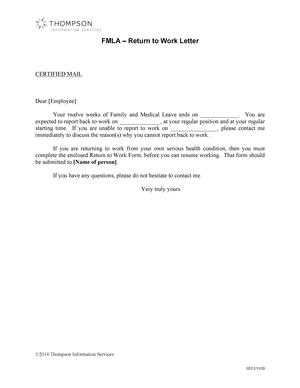
To ensure clarity and professionalism when an employee resumes their duties, it is essential to include specific details in the official communication. These components serve not only to confirm the individual’s readiness to return but also to outline the necessary expectations and any adjustments required. Crafting this document with precision helps maintain a positive relationship and minimizes potential confusion.
Essential Elements to Include
- Employee Details: Include the employee’s full name, position, and any relevant identification information.
- Dates: Clearly state the anticipated start date and any adjustments to the schedule, if applicable.
- Health Status or Adjustments: Briefly mention any medical updates or workplace accommodations that may be needed.
- Expectation of Duties: Outline the employee’s responsibilities upon resumption, including any temporary changes if necessary.
- Compliance with Policies: Reinforce adherence to any company policies or legal requirements, as appropriate.
Maintaining a Professional Tone
Throughout the communication, it is important to maintain a respectful and empathetic tone. Acknowledge the employee’s time off while focusing on their readiness and the support available during their reintegration. This balance will ensure that the document is both formal and considerate, helping to strengthen the working relationship moving forward.
Steps to Create a Resumption Notice
Crafting an effective document for an employee’s reintegration involves several key steps. These steps ensure that all necessary details are included and that the tone remains professional and supportive. The process begins by gathering the relevant information, followed by structuring the content in a clear, concise, and legally compliant manner.
1. Gather Necessary Information
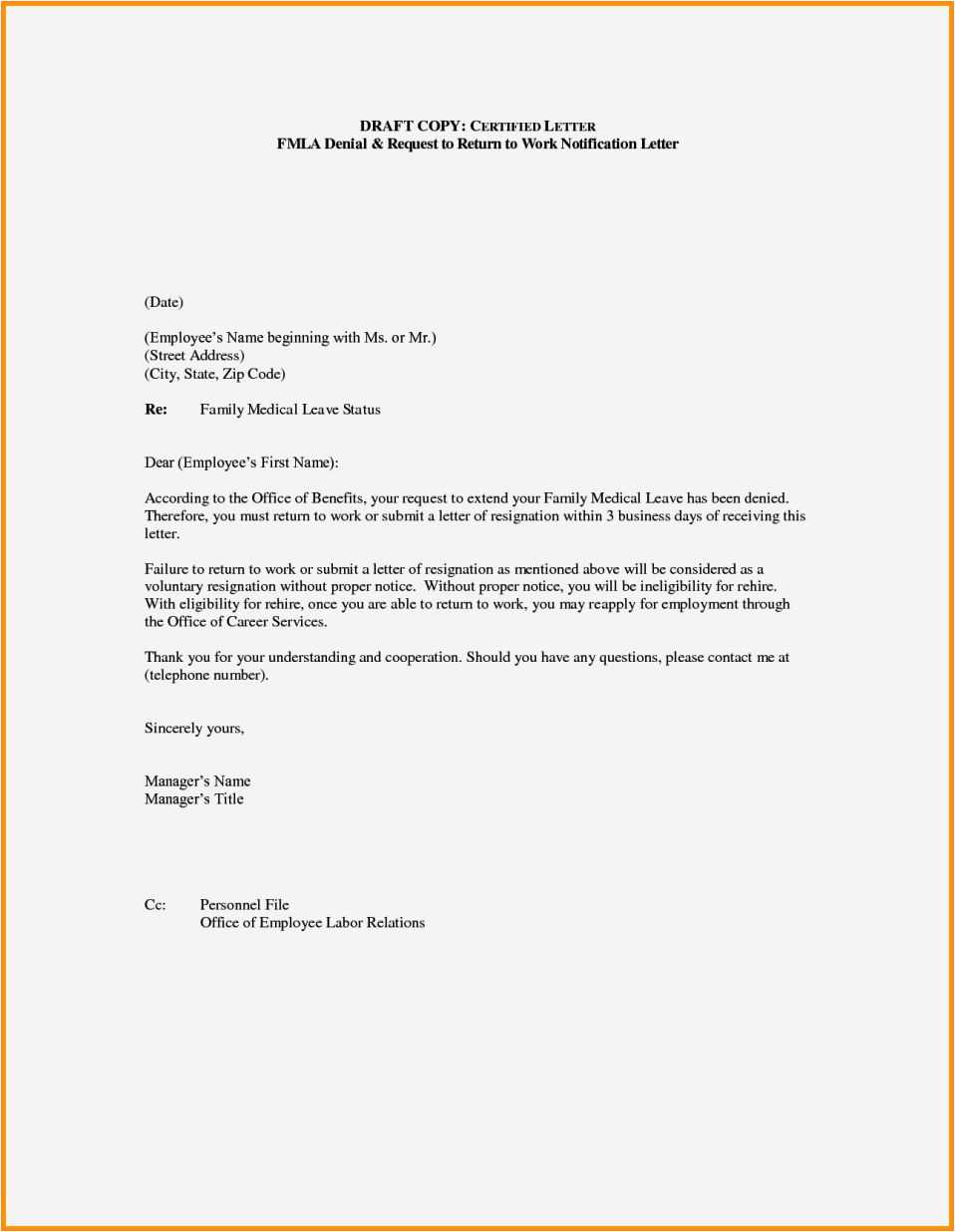
- Employee’s Full Name: Include the employee’s legal name as it appears in official records.
- Position and Department: Clearly state the individual’s role and where they will be returning to.
- Medical or Accommodation Details: Collect any necessary information regarding health conditions or requested accommodations.
2. Structure the Document Clearly
- Introduction: Start with a warm greeting, followed by a brief acknowledgment of the employee’s leave.
- Transition Details: Outline the employee’s return date and any important schedule changes.
- Job Expectations: Specify the employee’s responsibilities and any required adjustments to their duties or schedule.
- Closing: End with a statement of support and a reminder of any next steps or meetings if necessary.
3. Review and Finalize
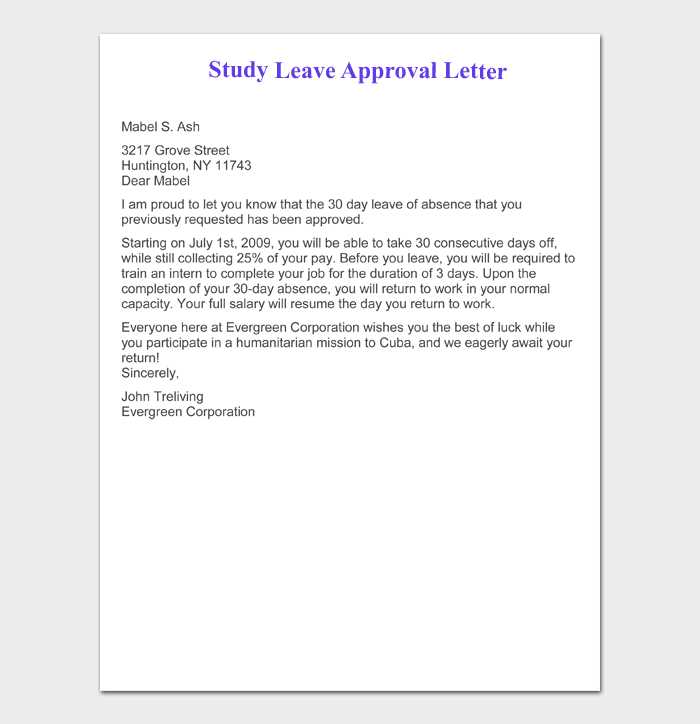
- Proofread: Ensure the content is error-free and the tone is appropriate.
- Legal Compliance: Verify that the document meets all legal requirements regarding employment and health regulations.
By following these steps, employers can create a document that is both clear and professional, ensuring a smooth transition for the employee while maintaining organizational standards.
Common Mistakes to Avoid in Resumption Notices
When creating official communication for an employee’s reintegration, it is crucial to avoid common errors that could lead to confusion or legal issues. These mistakes can undermine the clarity of the message and potentially disrupt the employee’s transition back into the workplace. By recognizing and addressing these pitfalls, employers can ensure a smooth and effective process for all parties involved.
| Common Mistakes | Why It Matters | How to Avoid |
|---|---|---|
| Vague or Unclear Language | Confusion may arise regarding job duties or expectations. | Use precise, clear language that outlines roles and responsibilities. |
| Missing Key Details | Leaving out important information could cause delays or misunderstandings. | Ensure all necessary information, like dates and accommodations, is included. |
| Failure to Maintain a Professional Tone | Appearing too casual may not convey the importance of the situation. | Balance empathy with professionalism, focusing on support and clarity. |
| Non-Compliance with Regulations | Failure to meet legal requirements could lead to violations or disputes. | Familiarize yourself with relevant policies and confirm compliance. |
| Inconsistent Formatting | A disorganized document may cause the reader to miss important details. | Use a consistent, easy-to-read format that highlights key points. |
By recognizing these common mistakes and applying best practices, employers can create a document that promotes transparency, support, and legal compliance throughout the employee’s transition period.
How to Personalize Your Document
When preparing an official communication for an employee’s reintegration, it is important to make the document feel personal and considerate. A personalized message shows that the employer values the individual and is mindful of their specific situation. Customizing the content can help create a supportive tone, making the transition smoother and more positive for both parties.
1. Address the Employee by Name
Using the employee’s full name at the beginning of the document immediately establishes a personal connection. Avoid generic greetings and make sure to use the correct spelling of the employee’s name. This small detail helps make the message feel more thoughtful and relevant to the individual.
2. Acknowledge the Employee’s Unique Situation
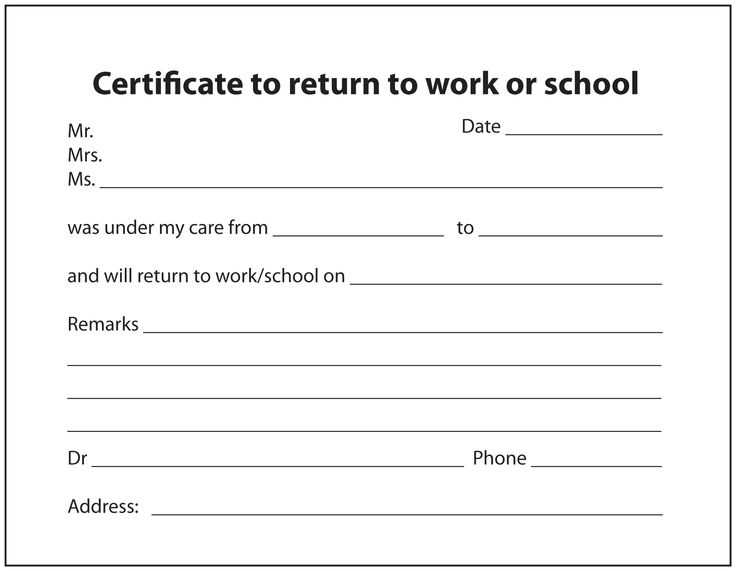
Consider including specific references to the individual’s circumstances. This can include acknowledging the reason for their absence (without going into private details) or mentioning any special arrangements or accommodations they may need. Showing that the company is attentive to their needs demonstrates a commitment to support their well-being.
By taking these steps, the employer not only demonstrates respect but also helps create a positive environment as the employee transitions back to their duties. Personalizing the document adds a human touch that strengthens the relationship between the employer and employee.
Ensuring Compliance with Legal Regulations
It is essential for employers to ensure that all official communications regarding an employee’s return to the workplace adhere to legal standards. This helps avoid potential legal issues and ensures that the company is acting in accordance with established guidelines. Understanding and complying with relevant laws can prevent unnecessary complications and protect both the employer and the employee.
To ensure compliance, employers must familiarize themselves with the applicable regulations and incorporate them into their practices. This includes meeting the required timelines for documentation, ensuring proper accommodations are provided when necessary, and making sure that any legal rights of the employee are respected. Additionally, it is crucial to keep accurate records to demonstrate that all actions taken align with the regulations in place.
By taking these proactive steps, companies can maintain a legally compliant approach while supporting employees during their transition back to their roles. This commitment to following regulations fosters a positive and respectful work environment for all parties involved.